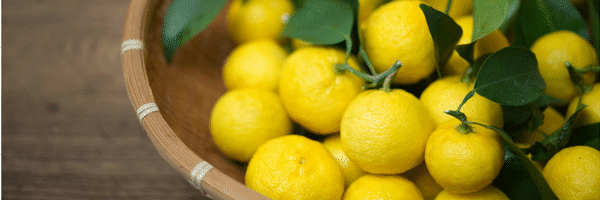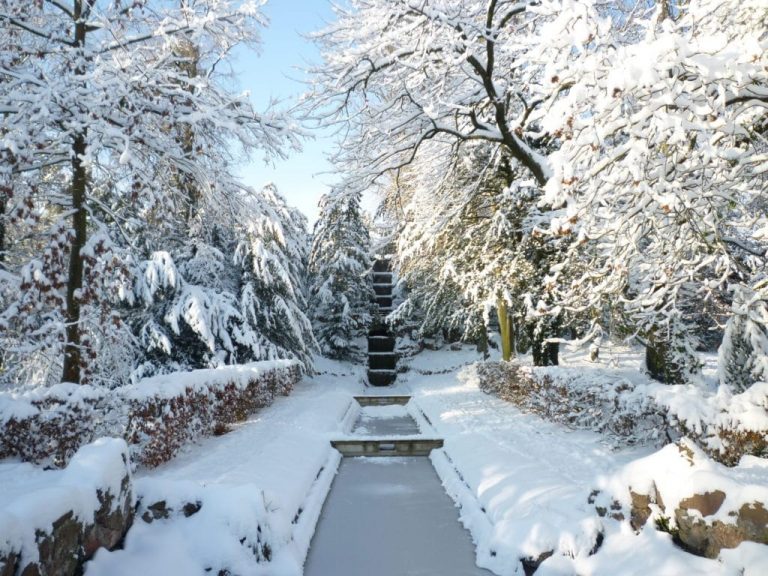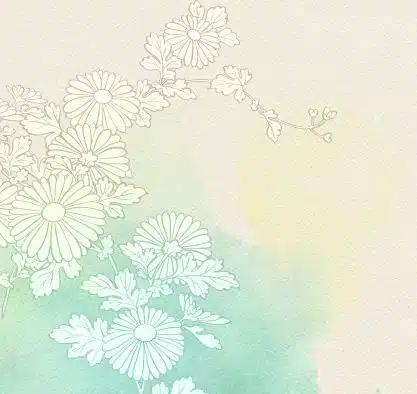Many parts of Asia observe Dong Zhi (aka Winter Solstice) with their cultural traditions. On 22nd December, this day of Dong Zhi is commonly cited as the shortest day with sunlight in the northern hemisphere. Many countries consider this day significant, as it symbolises the favourable turn of a new season and good fortune after the coldest days of winter.
How different are Singapore and Japan in terms of celebrating Dong Zhi? Let’s find out more.
A Singapore Winter Solstice Tradition (Tang Yuan reunion)

In Singapore, the winter solstice is known as “Dong Zhi” (冬至). This day serves more like a family gathering occasion. In older times, family members came together to make and eat their own Tang Yuan (湯圓). Tang Yuan are little glutinous rice balls served in sweet broth. These cute dumplings may be plain or stuffed with red bean paste or peanut fillings, too. In Chinese, the pronunciation of Tang Yuan is similar to the word “Tuan Yuan” (团圆), which means reunion and happiness. This sweet dessert is also a tradition for newlywed couples to eat during their Chinese tea ceremony, as it symbolises a lovely, complete marriage.
Nowadays, Tang Yuan can be easily bought at supermarkets and offers a variety of colours and even flavours. Everything can be prepared in under 10 minutes!
A Japanese Winter Solstice Tradition
The winter solstice, also known as “Touji (冬至)” in Japan, is often celebrated by the traditions of eating pumpkin snacks and taking a warm Yuzu bath.
Starting with good fortune with food

Being a country famous for its delightful cuisine, Japan celebrates the new year with food. Eating food which ends with ‘n’ on the winter solstice was thought to bring luck. Therefore, people ate food such as “ninjin (carrot)”, “renkon (lotus root)”, “ginnan (ginkgo nut)” and “kanten (agar)”.
The common name to call pumpkin in Japanese is “kabocha” but also called as “nankin” so it is also recognized as bringing good luck.
The history and benefits of Yuzu

The Yuzu is one of the most celebrated fruits during Touji due to its long history of medicinal and nutritional benefits. With pale yellow skin and uneven texture, this mandarin family fruit has a distinctive citrus aroma, and few people eat it directly because of its sourish flavour. Nowadays, it is used more commonly for culinary purposes.
People from the Edo period regarded Yuzu as the fruit of purity, to rid one of evil spirits and misfortune; hence, a Yuzu bath washes away bad luck and gives one a good start to the New Year ahead.
Yuzu has a long tradition and is believed to ward off winter colds and flu, and heal chapped skin. The hot water from the bath helps to release the pleasant aroma from the Yuzu fruit. A part of the Yuzu’s oil component “Nomilin” gives a relaxation effect, and provides better circulation in your body. As a result, using Yuzu oil on the skin leaves it feeling very smooth after the bath.
If time and budget constraints are an issue to travel to Japan for a refreshing Yuzu bath, you can find yourself a better alternative by making your own Yuzu Bath or experience the Yuzu Hinoki Onsen bath here.
With the wonderful winter solstice traditions of Japan and Singapore, there is only 1 ultimate goal for this festival: bringing in the New Year with happiness and prosperity. Here’s to wishing you all a vibrant 2017!






